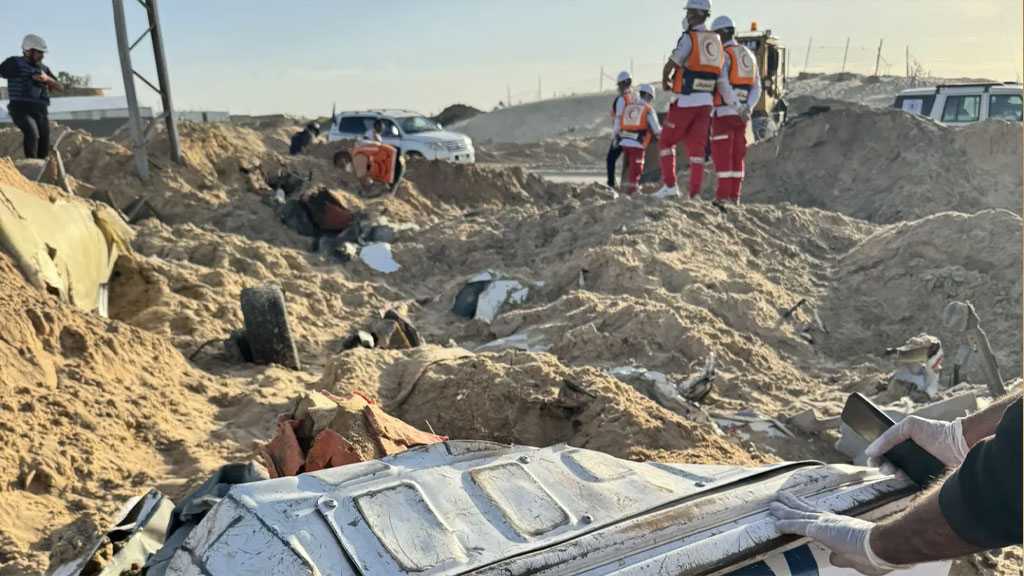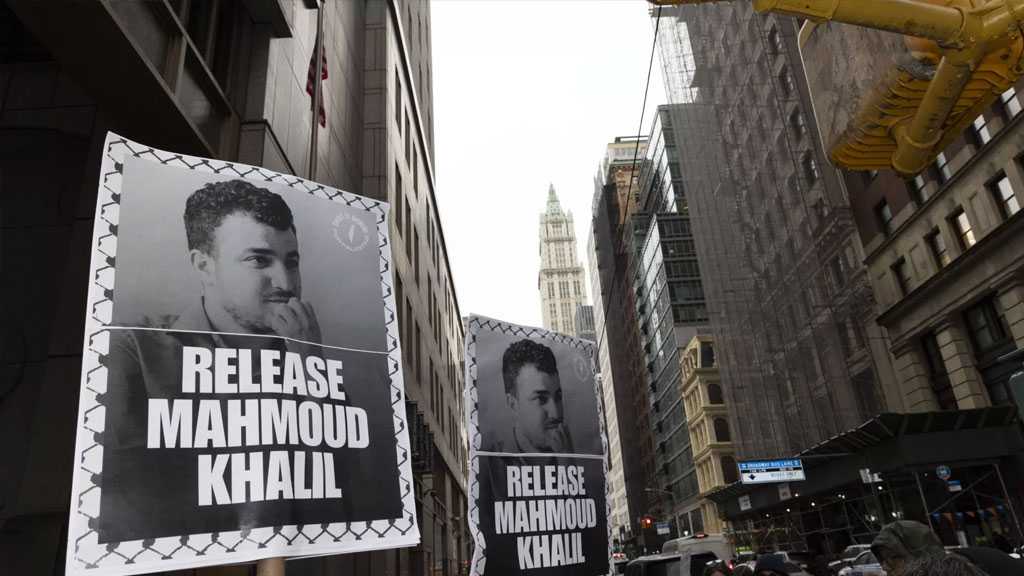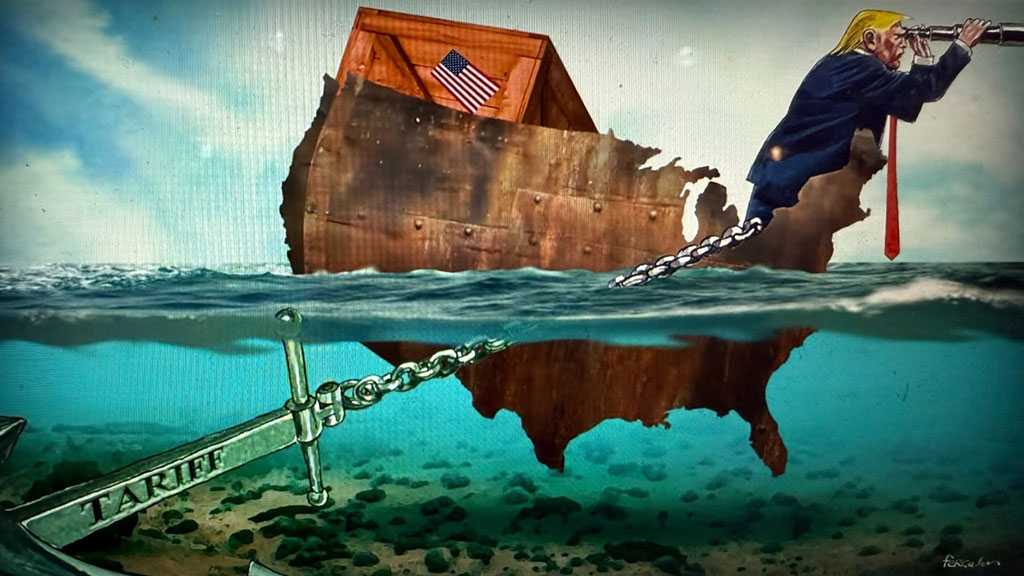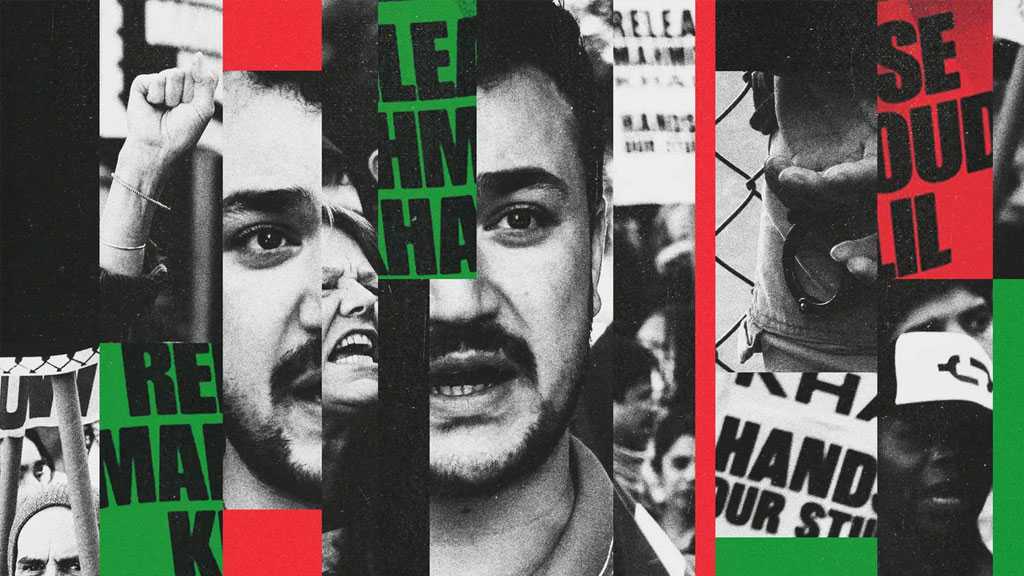
Lessons of Resistance from Southern Lebanon

Jordan Times, 23-09-2010
In May 2000, after two decades of brutal "Israeli" rule and stiff resistance, the "Israeli" occupation of southern Lebanon suddenly ended. The "Israeli" army fled in haste and within hours the South Lebanon Army (SLA) -- its local collaborator militia -- collapsed and many of its members also fled to "Israel" where they still live. Joyful Lebanese, including tens of thousands of displaced southerners, streamed home to the liberated lands.
Much of the equipment left behind by "Israel" and its collaborators is now exhibited at a museum housed in a former Hizbullah command center in the village of Mlita, in the heart of southern Lebanon.
I was in Mlita last week. From that hilltop, one can see occupied Palestine very close across the border fence. While there were thousands of Lebanese families and foreign tourists inspecting "Israeli" military debris, which included tanks, artillery, ammunition, helmets, boots, small arms, jeeps and lots more, and joyfully posing for photos on top of the displayed equipment, there was no sign of movement on the "Israeli" side, except for the tightly protected and heavily camouflaged bunkers and observation posts.
The site is similar to the kind of war museums I visited, like the one in Bastogne, Belgium. Like Mlita, Bastogne was the site of a major battle (the Battle of the Bulge in the last months of Second World War). And like in Mlita, the victors established a war museum displaying much of the military memorabilia, with constantly running movies showing horrifying war scenes.
But Mlita offers more than solemn memorials. There is also a well-organized amusement park and picnic area, and displays showcasing the "superb and resolute" organization of the resistance. It is clear from the way the project has been planned, the polite and cordial demeanor of the ushers and guides, that the purpose is to impress, and generate admiration for a just cause and a determined resolve to serve it.
For the last couple of decades, Lebanon has been recovering from wars -- internal and external. Despite the fact that it had long been considered a "non-belligerent" country within the framework of the ongoing Arab-"Israeli" conflict (in the sense that it did not participate in the 1956, 1967 or 1973 wars), in the end Lebanon had to fight alone, more than any other Arab state.
Since the 1950s, "Israeli" leaders plotted to dismember Lebanon, annex parts of it and install a friendly regime. "Israel" has invaded and attacked Lebanon numerous times since the 1970s, when the Palestine Liberation Organization (PLO) was in virtual control of the southern part of the country. In 1982, "Israel" launched a full-scale invasion, aimed at destroying the PLO, liquidating the Palestinian cause and forcing Lebanon into "peace" on "Israel's" terms. The first of "Israel's" goals was more or less accomplished, albeit at a high cost for the invader and an even higher cost for the invaded.
But the Palestinian cause itself survived -- and has strengthened. Today, it is still "Israel" begging for recognition and fearing "delegitimization," and Palestinians everywhere hold fast to their rights even if their so-called leaders do not. And the short-lived "Israeli"-Lebanon "peace treaty" signed in May 1983 soon collapsed in disarray.
For the first time in the history of Arab-"Israeli" wars, an "Israeli" military victory was not matched by any political gain.
The 1982 invasion was the war which marked the end of "Israeli" military power as an effective tool for imposing political realities. Since then, "Israel" has used brute military force without limits, as it did against Lebanon in 1996 and 2006, and against Gaza in 2008-2009. But "Israel's" atrocities and massacres offer at best a reprieve from whatever problem it is trying to "solve" while its standing, legitimacy and deterrent power continue a long and steady decline.
When the "Israeli" invaders withdrew from most of Lebanon in 1983, "Israel" decided to keep a so-called "security zone" of roughly ten kilometers inside Lebanese territory. This was policed by the SLA, created and financed by "Israel" with Lebanese collaborators. "Israel" later envisaged the Palestinian Authority's security apparatus along the same lines -- a local native militia meant to serve and protect the occupier and relieve the "Israeli" army as much as possible of the burden of occupation. But it was the local Lebanese resistance that foiled "Israeli" plans, and this is what the museum at Mlita commemorates and celebrates.
After touring the indoor and open air displays, including a seven-minute video of short shots of heroic battle scenes, we were led downhill on a paved, meandering path with steps at some points, under thick oak trees. On the sides, one would see every now and then a rocket launcher with a mannequin of a resistance fighter behind it, a trench, a cache of arms with boxes of ammunition next to it, a praying place or an anti-aircraft gun pointing upwards. One could also see mock fighters attending or transporting injured colleagues.
A few hundred meters down, there was a discreet entrance to a tunnel dug deep in solid rock under the mountain. In the tunnel, which was well-lit and spacious, one could see how ammunition and arms were stored, food, a kitchen, water supplies and communication equipment. There were rooms for sleeping, and a soundtrack of the resistance leaders' speeches played in the background.
The walk in that particular display tunnel was about 300 meters long. We did not need to walk back as the exit was at the other end -- obviously to prevent people from becoming trapped. The exit was also well camouflaged. Walking back up, amid thick greenery, we speculated on the wisdom of revealing resistance locations and tactics to a ruthless enemy that continues to threaten Lebanon and violate its sovereignty on a daily basis. It was clear, though, that the idea was to demonstrate skill and determination. Probably what is now revealed is outdated. It was quite impressive, regardless.
Driving along the many villages in the vicinity of the border fence, one could see the people's resolve to lead a normal life despite the constant threat of attack and destruction from "Israel". The villages of Bint Jbeil, Maroun Al Ras, Aitaroun, Ainata, Meiss Al Jabal and others along the border which sustained massive destruction in the 2006 war -- and whose names have become synonymous with resistance and steadfastness -- have been fully rebuilt. No sign of destruction could be seen and we were amazed to witness large stone villas, houses, beautiful constructions all along the border, as if there were no daily threat of renewed war.
As we drove along the Hjeir valley, flanked on both sides by steep mountain slopes, we noted warning signs against land-mines and the hundreds of thousands of cluster bombs dropped by "Israel" in the last days of the 2006 war, evidently to prevent people who departed the area from returning. We were told that people returned immediately after the ceasefire to rebuild their houses and lives with no fear -- that was apparent from what we saw.
We were told that "Israeli" tanks were drawn in this valley, trapped, and forty of them destroyed in the final moments of the war (accounts published in the "Israeli" press after the war told a very similar story).
The tour was amazing. One can draw enormous lessons. People there defended their land and their dignity. They paid for it heavily in blood and treasure. Now they are proud of their achievement and courage. The message they convey is simple: "We are here. We will fight again if attacked. We will continue to demand the liberation of every grain of soil under occupation. Other than that, we want to live in peace."



